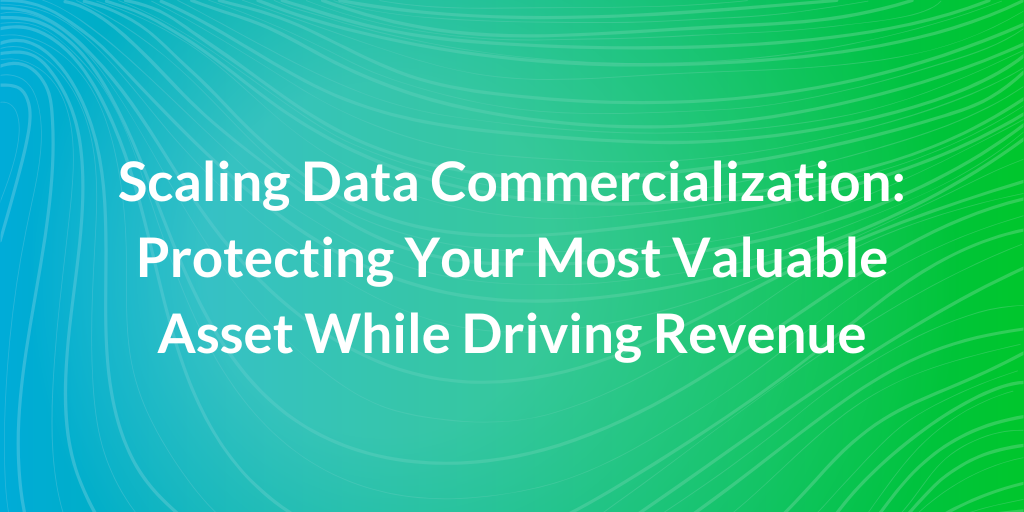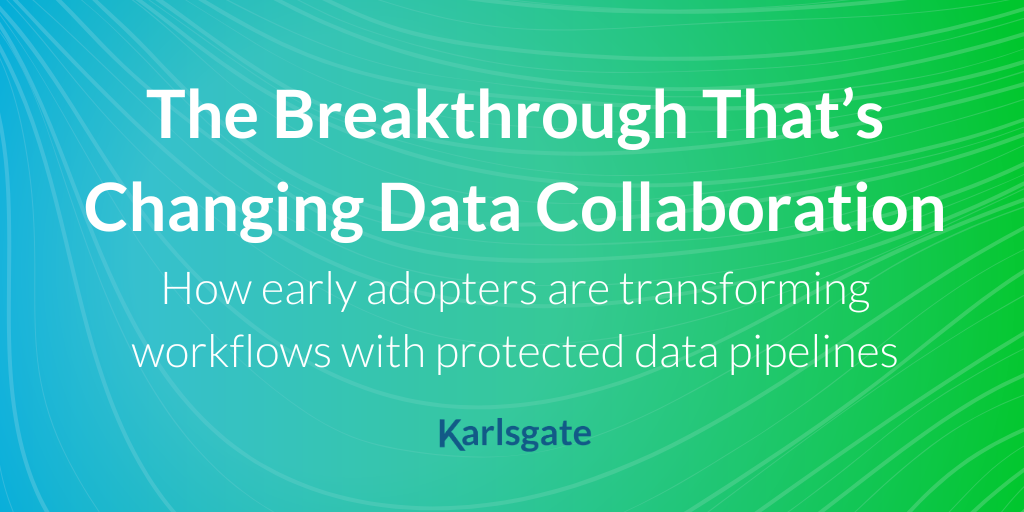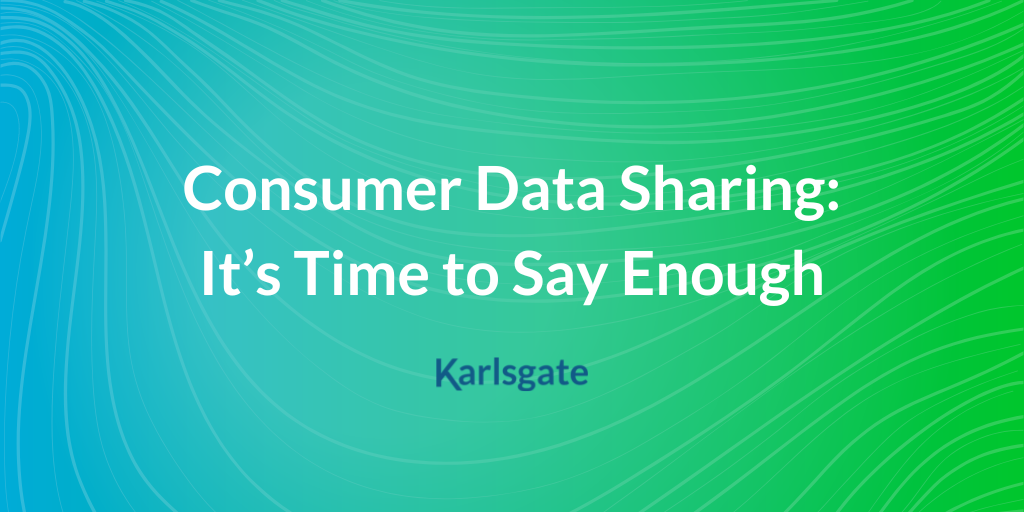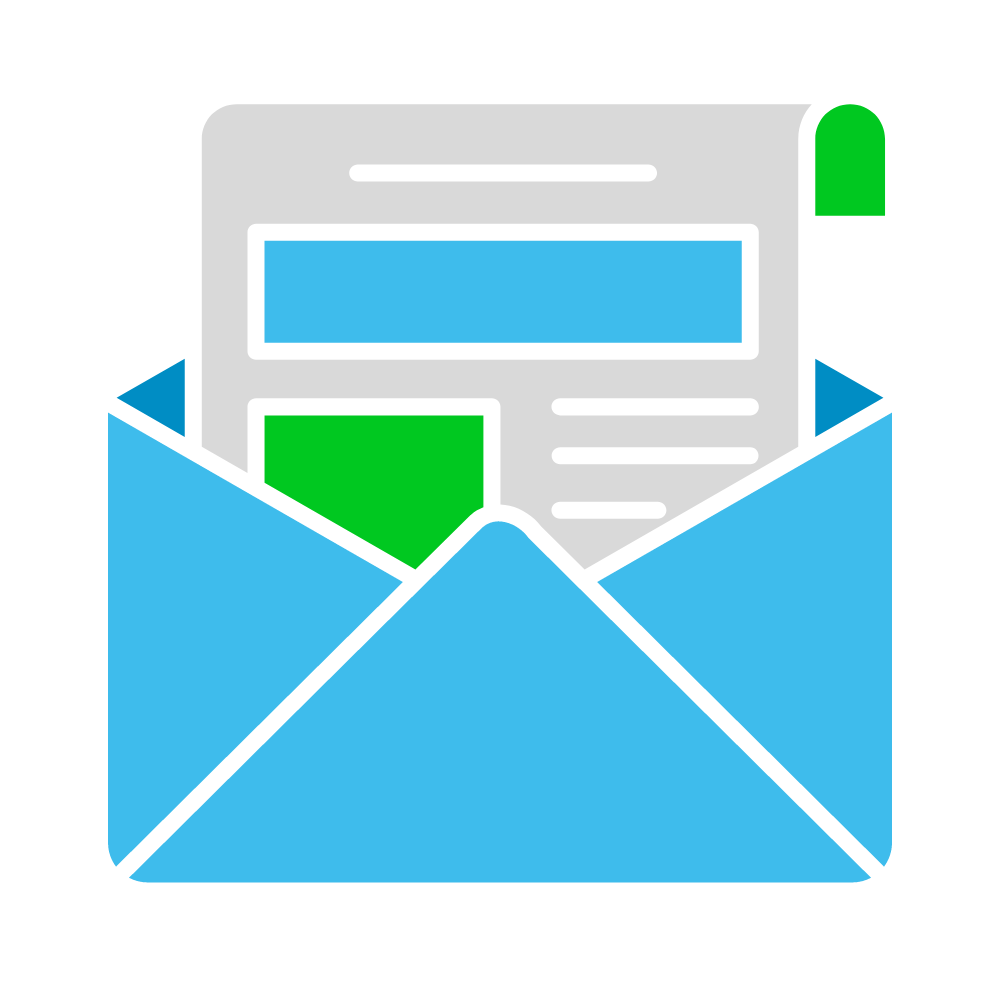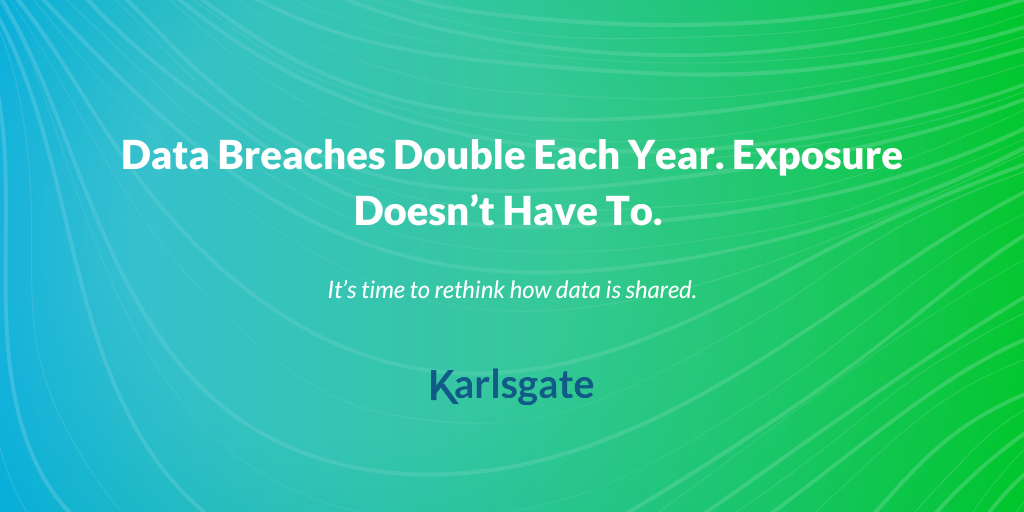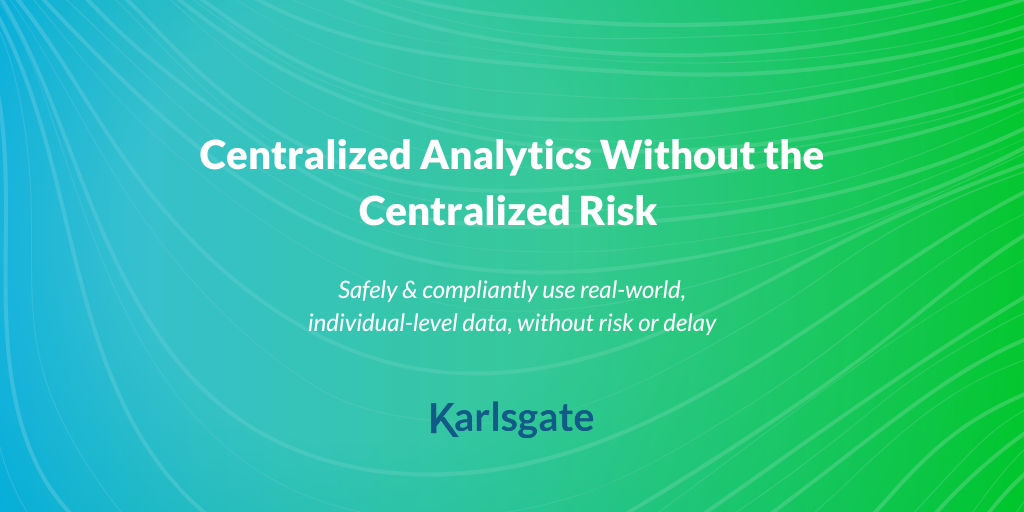In today’s data-driven world, businesses are increasingly realizing that their first-party data is not just a byproduct of operations, but a valuable resource with significant potential. Across...
In today’s day and age, we prioritize convenience. With smartphones at our fingertips, the simple touch of a button makes everyday tasks from online shopping to grocery delivery easier and more efficient. In this age of efficiency, shouldn’t we do the same for the really important things, like healthcare?
Every day, organizations across the healthcare continuum are faced with the challenge of accessing and exchanging valuable patient data in an increasingly complex and heavily regulated environment – an environment that can slow down medical advancements and hinder patient care.
In a field where time and accuracy can be the difference between a medical breakthrough – or even life and death – it's more critical than ever that we make connecting patient data simpler and more efficient, too.
The Hassle of Scalable Healthcare Data Collaboration
In healthcare specifically, data collaboration can include everything from electronic health records (EHR) to clinical data and research, to information regarding social determinants of health or health and risk management. This data can help to provide a missing piece to a puzzle capable of changing the trajectory of a treatment plan or reveal patterns across demographics and patient groups.
While this data has become an asset for many organizations, the sheer volume of data needed (and the speed at which it is needed) has become cumbersome for many to handle. And many organizations limit themselves because of the complexity. They limit the number of data partners and the types of data partners (often staying within a single, closed data ecosystem). Data collaboration becomes significantly more scalable once we’re able to easily connect with multiple partners from multiple places.
The reality is that the process of connecting data from different sources – whether internally or externally – isn't simple. In fact, the average data sharing or data integration project takes over two months (and anecdotally we hear it’s even longer). In addition, lengthy privacy reviews, evolving security regulations, and working to align processes for each new data partner significantly slow down the time and increase the cost of exchanging data safely – and that’s all before insights have even begun to be shared.
Handling Real-World Complexity at Scale
As the need for better healthcare interoperability rises, so does the need for methods of data exchange that simplify the process. Why is it such a challenge? The reality is that even just preparing to connect data takes a great deal of manual effort. Most of the steps are lengthy, costly, and cumbersome. And many organizations are locked into expensive, closed data ecosystems because they only want to get set up and running once, ultimately limiting the number of partners and the amount of data they have access to.
According to IT leaders, the top complexities of data sharing and integration projects are:
- Alignment on security protocol
- Alignment on file formats
- Alignment of data element normalization/standardization
- Downtime associated with data refreshes
- Custom development/coding required for each integration
In fact, when it comes to data integration projects as a whole, only 16.3% of the total project time is spent actually evaluating incoming data. So, what’s the rest of that time going to? Planning to connect data, partner evaluation, partner sourcing, and prepping outgoing data – all tasks that could (and should) be simplified. Instead of accepting the status quo, where less than 17% of the entire project time is spent evaluating data from a limited number of partners, there must be a better way.
Karlsgate Makes Data Sharing Simple
From the processing and storing of data, to data normalization to aligning with external partners on file structures, the number of steps required before healthcare data can even be connected and evaluated can hold projects back – or even keep them from ever getting started.
It’s more critical than ever to streamline these steps and embrace emerging technologies to easily scale data connectivity and enable collaboration with more partners more quickly and easily than ever before.
It should be a mission-critical objective for healthcare organizations to identify ways to accelerate and increase their data interoperability strategies to drive improved healthcare outcomes. However, for that type of strategy to work, they need a way to easily connect with other organizations at scale and with precision. That’s where Karlsgate comes in.
By embracing a new approach to healthcare data connectivity, we enable organizations to overcome the typical challenges and unlock the full potential of their data assets. Karlsgate provides a streamlined platform that simplifies the process of connecting data with partners – even multiple partners from multiple places – with a simple, no-code setup and business user portal. Automated file handling and data processing puts the power in business users’ hands, removing the need for sitting in long data engineering queues.
Free yourself from the usual complexities of healthcare data collaboration and step into the Protected Data Age, where faster, easier, more scalable data connectivity is the norm.

